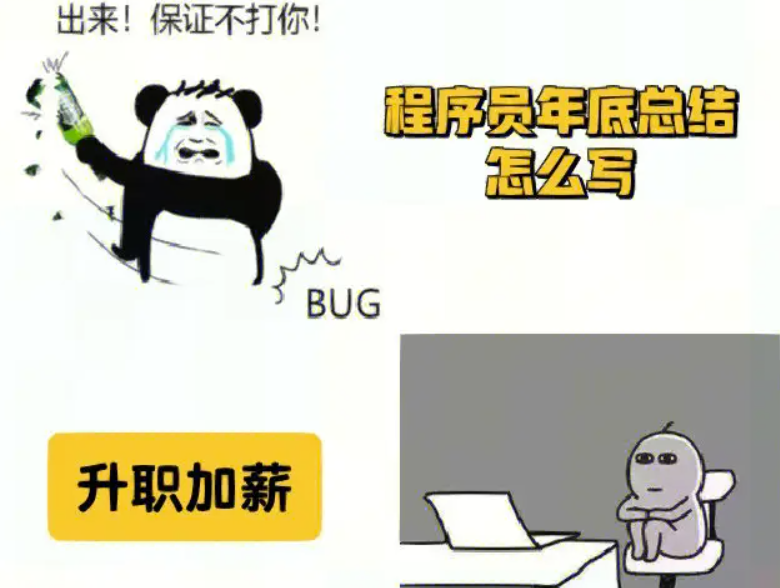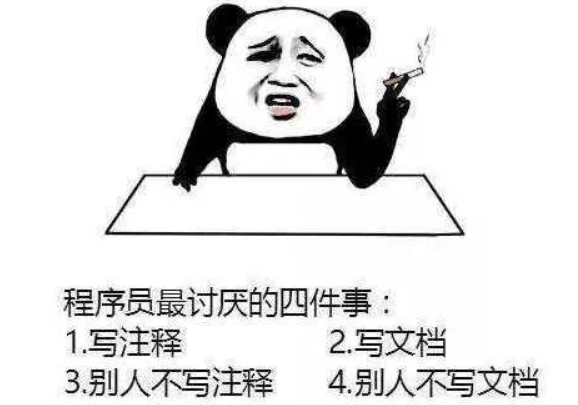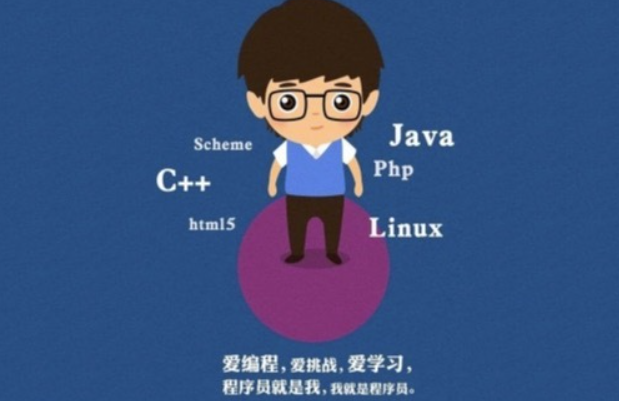你提供的 Go 代码实现了一个使用优先队列(最大堆)来解决滑动窗口最大值的问题。代码看起来总体上是正确的,但有几个小问题和潜在改进的地方。
问题
未导入必要的包: 需要确保导入
container/heap包以使用堆相关功能。类型断言不安全: 在
Peek、Push和Pop函数中,你进行了类型断言,比如(Element)和interface{},这可能会引发 panic 如果类型不匹配。建议在这些位置进行错误处理或者确保类型正确。效率问题: 在滑动窗口时移除过期元素的逻辑中,如果一个元素被多次推入堆中,可能导致效率降低,具体来说,如果第一个条件为真,应该继续检查下一层而不是只是 pop 一次,可以考虑记录当前要移除的位置。
使用切片而非指针:
PriorityQueue通常可以作为切片传递,而不是指针,这样更符合 Go 的惯例,因为它们本身就是引用类型。
改进后的示例
以下是修复了一些潜在问题和包含必要导入的改进示例:
package main
import (
"container/heap"
)
type Element struct {
Num int
Pos int
}
type PriorityQueue []Element
func (pq PriorityQueue) Len() int {
return len(pq)
}
func (pq PriorityQueue) Less(i, j int) bool {
if pq[i].Num == pq[j].Num {
return pq[i].Pos < pq[j].Pos
}
return pq[i].Num > pq[j].Num
}
func (pq PriorityQueue) Swap(i, j int) {
pq[i], pq[j] = pq[j], pq[i]
}
func (pq *PriorityQueue) Peek() (x interface{}) {
return (*pq)[0]
}
func (pq *PriorityQueue) Push(x interface{}) {
*pq = append(*pq, x.(Element))
}
func (pq *PriorityQueue) Pop() (x interface{}) {
item := (*pq)[len(*pq)-1]
*pq = (*pq)[:len(*pq)-1]
return item
}
func maxSlidingWindow(nums []int, k int) []int {
result := make([]int, 0)
pQ := &PriorityQueue{}
heap.Init(pQ)
for i := 0; i < k; i++ {
heap.Push(pQ, Element{
Pos: i,
Num: nums[i],
})
}
result = append(result, pQ.Peek().(Element).Num)
for pos := k; pos < len(nums); pos++ {
// Remove elements that are out of the current window.
for pQ.Len() > 0 && pQ.Peek().(Element).Pos <= pos-k {
heap.Pop(pQ)
}
// Add new element to the priority queue.
heap.Push(pQ, Element{
Pos: pos,
Num: nums[pos],
})
// The largest value in the current sliding window is at the top of the priority queue.
result = append(result, pQ.Peek().(Element).Num)
}
return result
}
总结
请确保运行代码时已导入所需的包,并注意数据结构操作中的安全性。在实际应用中还可以加入更多错误处理逻辑,以增强程序的健壮性。
内容由零声教学AI助手提供,问题来源于学员提问


![驱动代码
void kalRxTaskletSchedule(struct GLUE_INFO *pr)
{
static unsigned int num = 0;
tasklet_hi_schedule(&pr->rRxTask[(num++)%NR_CPUS]);
// tasklet_hi_schedule(&pr->rRxTask);
DBGLOG(HAL, ERROR,](https://linuxcpp.0voice.com/zb_users/upload/2023/05/202305162226144313964.png)

















